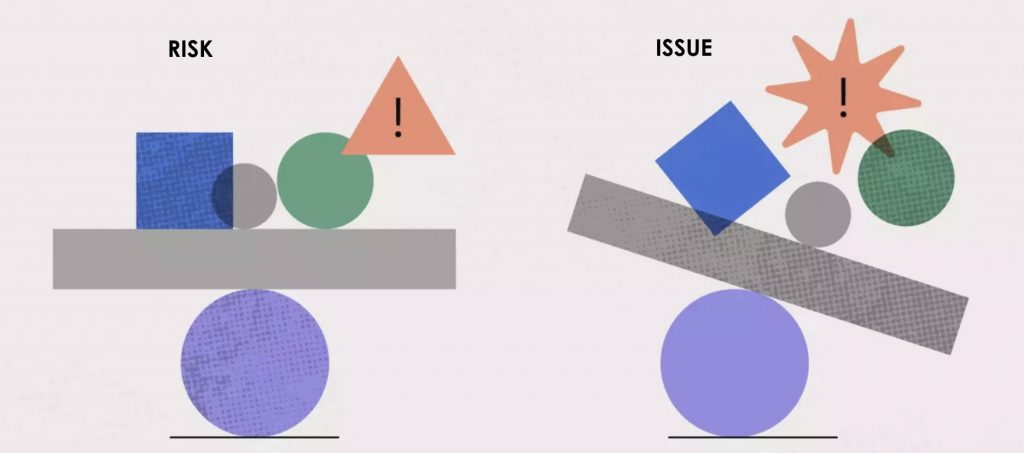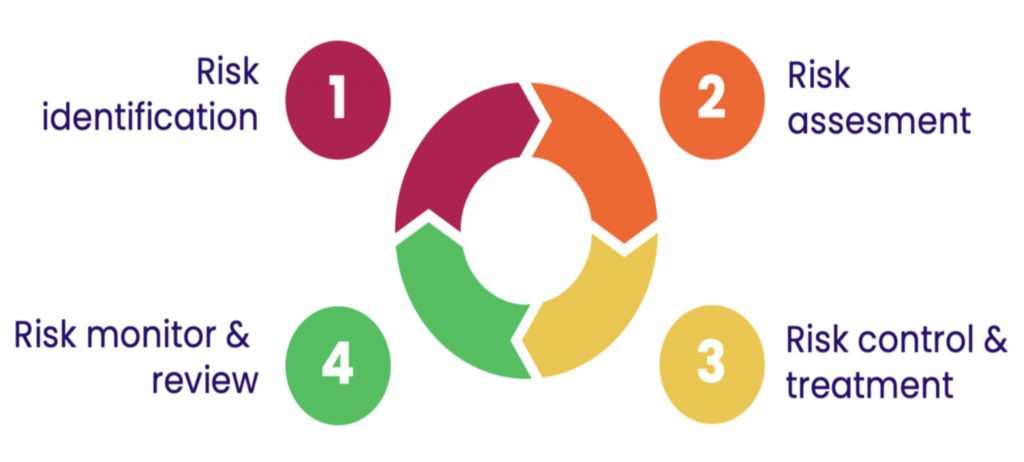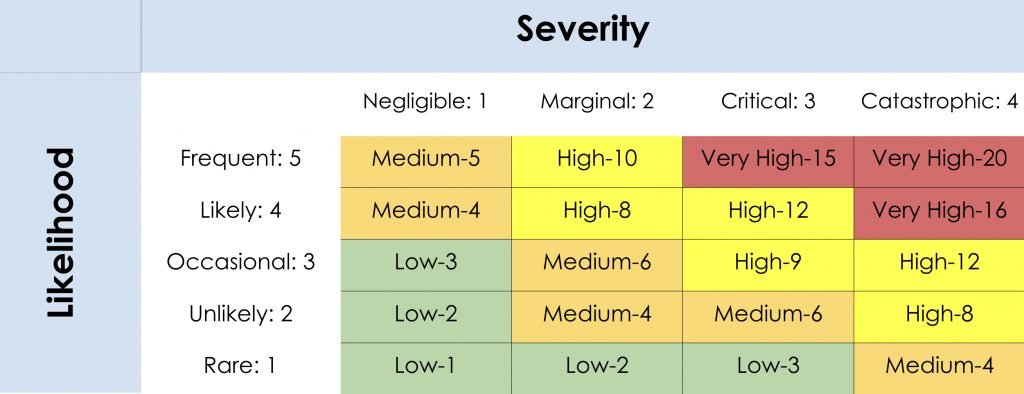Project Risk Management
Abstract
A well-planned and managed project is more likely to meet its objectives, stay on schedule, and come in on budget. Effective planning and management can help to mitigate risks, identify and address challenges, and ensure that the project stays on track. Since even the most well-developed projects will have the risks.
The best way to avoid risks is to be aware of them and have a plan in place to deal with them. Proactively addressing project risks is the key to minimizing their impact and ensuring successful outcomes.
A risk management plan is like a weather forecast for your project. It can help you anticipate potential problems and take steps to avoid them so you can stay on course and reach your destination. So, Let’s discuss more about project risk management and try not to impact the project’s timeline, performance, or budget.
What is Risk Management
Risk management is the process of identifying, assessing, and controlling risks to an organization’s capital and earnings. It is a systematic approach to identifying and managing uncertainty in order to achieve an organization’s objectives.
The goal of risk management is to reduce the likelihood and/or impact of negative events while also maximizing the opportunities presented by positive events. Risk management can be applied to any organization, regardless of size or industry.
Project: Risk vs. Issue

Risk is an uncertain event or condition that may occur in the future and has the potential to impact the project’s objectives, either positively or negatively.
An issue is a problem or challenge that has already occurred and is currently affecting the project. Issues are current and real problems.
Risk Management Process

Risk Management Activities
- Risk identification: The first step is to identify all potential risks that could impact the project. This can be done by brainstorming, interviewing stakeholders, Ratifying the assumptions, and conducting risk assessments.
- Risk assessment and prioritization: Now, for each risk you identified, analyze the likelihood, severity, and consequences of the project. By categorizing them by risk assessment matrix, you will be able to prioritize which potential risks to tackle first.
- Risk response planning: After analyzing and prioritizing the risks, now work on appropriate response strategies to handle the risks. This involves developing plans to mitigate the risks or to take advantage of the opportunities.
- Risk Monitoring and Control: At this point, actively monitor your risks in order to avoid any nasty surprises. The risk management process is not a one-time event. It needs to be monitored and reviewed on an ongoing basis to ensure that the risks are still being managed effectively.
Risk Assessment (RA)
- It is a process to rank the risks in terms of their damage
- Set the average probability of occurrence value for each risk (P)
- Based on impact assessment matrix, set the impact for each component (Severity value – S)
- Now, Risk assessment values will be identified by multiplying the Probability and severity values together
RA = P x S
Impact Assessment Matrix

Risk Management Strategies
After analyzing & prioritizing the risks, now it’s time to manage and deal with the risk by appropriate response strategies.
There are four main strategies for handling the risks:
- Risk avoidance: Taking actions to eliminate the risk or change the project plan to prevent the risk from occurring.
- Risk mitigation: Implementing measures to reduce the probability or impact of a risk.
- Risk transfer: Shifting the risk to another party, typically through contracts, insurance, or outsourcing.
- Risk acceptance: Acknowledging the risk without taking specific actions. This strategy is used when the risk is low, or its potential impact is manageable.
Risk Management Artefacts
A risk management plan typically includes several artifacts or documents that help in the effective management of risks throughout the project lifecycle. Here are some common artifacts:
- Risk Register: A central document that captures all identified risks for the project. It includes information such as risk description, potential impact, likelihood of occurrence, risk owner, risk category, and current status.
- Risk Assessment Matrix: To assess and prioritize risks based on their probability and impact.
- Risk Response Plan: To outline the specific strategies and actions to be taken for each identified risk.
- Risk Communication Plan: It defines how risk will be communicated to the project stakeholders, the level of details to be shared, and the risk status.
- Risk Monitoring and Control Plan: It outlines the procedures and activities for ongoing monitoring, evaluation, and control of risks throughout the project.
- Lessons Learned Documentation: Documenting these lessons learned and how we identified, assessed, and managed the risk & serves as a reference for future projects.
Benefits of Risk Management
A well-implemented risk management plan offers several benefits to a project and its stakeholders. Here are some of the key benefits:
- Proactive Approach: By identifying and mitigating risks at an early stage, organizations can increase their chances of achieving their goals.
- Cost and Time Savings: Risk management can help to reduce costs by preventing problems and delays.
- Improved Decision-Making: By understanding the risks involved, organizations can make better decisions about their projects and operations.
- Improved compliance: Risk management can help organizations to comply with regulations and standards.
- Enhanced reputation: By demonstrating that they are managing risks effectively, organizations can enhance their reputation and attract new customers and partners.
- Improved communication: By communicating risks to all stakeholders, organizations can improve communication and collaboration.
- Enhanced learning: By monitoring and reviewing risks, organizations can learn from their experiences and improve their risk management practices.

